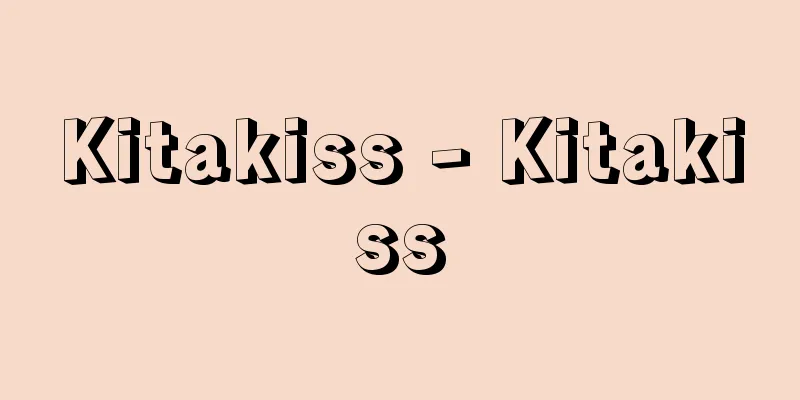shahnāi (English spelling) shahnai

|
…It is a wooden wind instrument that produces sound with a double reed and has conical holes. Most of them basically have the same structure with seven holes on the front and one on the back, but there are subtle differences in the name, size, material, etc. depending on the culture. The Persian name means "flute for festivals" and some names are derived from Persian, such as zurna in Turkey, shahnāi in North India, and serunai in Indonesia, while some names are far removed from Persian, such as gyaling in Tibet and pi in Thailand. It was introduced to China during the Ming Dynasty and was called sona or suona, and written as 鐶 or 鐶, and during the Qing Dynasty it was also written as 痩吶 or 爾名. … *Some of the terminology explanations that mention "shahnāi" are listed below. Source | Heibonsha World Encyclopedia 2nd Edition | Information |
|
…ダブル・リードで音を発する木製の管楽器で円錐状の管孔をもち,基本的には大部分のものが前面7孔,裏面1孔という同一の構造をもっているが,各文化圏により名称や大きさ,材質などに微妙な違いが見られる。ペルシア語の呼称は〈祭sūrの笛nāy〉の意で,トルコのズルナzurna,北インドのシャーナーイshahnāi,インドネシアのスルナイserunai等のようにペルシア語に由来した呼称が行われている一方,チベットのギャリンrgyaling,タイのピーpīなどのようにペルシア語からは遠ざかっているものもある。中国では明代に伝えられソーナー,スオナーなどと呼ばれ,鎖吶,鎖などと記され,清代には嗩吶,蘇爾奈とも書かれた。… ※「shahnāi」について言及している用語解説の一部を掲載しています。 出典|株式会社平凡社世界大百科事典 第2版について | 情報 |
Recommend
One-year volunteer system
The original conscription law exempted the ruling...
Infidelity
〘noun〙 (adjective) Not maintaining chastity. In a ...
Gamou Tadatomo - Gamou Tadatomo
Year of death: August 18, 1634 (October 9, 1634) Y...
Ansar (English spelling)
Arabic for "those who give help." When t...
Motacilla alba ocularis (English spelling)Motacillaalbaocularis
… Wagtail [Hiroshi Hasegawa]. . . *Some of the te...
Lower Galilee - Kabugarilaya
…the general term for the northern part of Palest...
Liquid surface combustion
… In the case of liquids and solids, the spread o...
Mr. Toyoda
A medieval local feudal lord in Toyoda, Yamabe Cou...
Augier, (Guillaume Victor) Émile
Born: September 17, 1820. Drôme, Balance Died Octo...
Cymbidium nipponicum (English spelling)
… [Ken Inoue]. … *Some of the terminology that me...
Black-headed gull (Yuri-gull)
A bird of the family Laridae (illustration) in the...
"To Live" - To Live
…After graduating from Oxford University, he took...
detector
…Generally, a device used to detect minute voltag...
Nannippus
...The late Miocene saw the second great radiatio...
One-valuedness theorem - One-valuedness theorem
… In both direct and indirect connections, if the...









